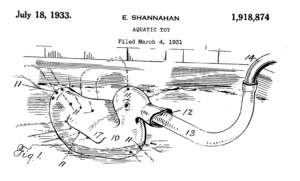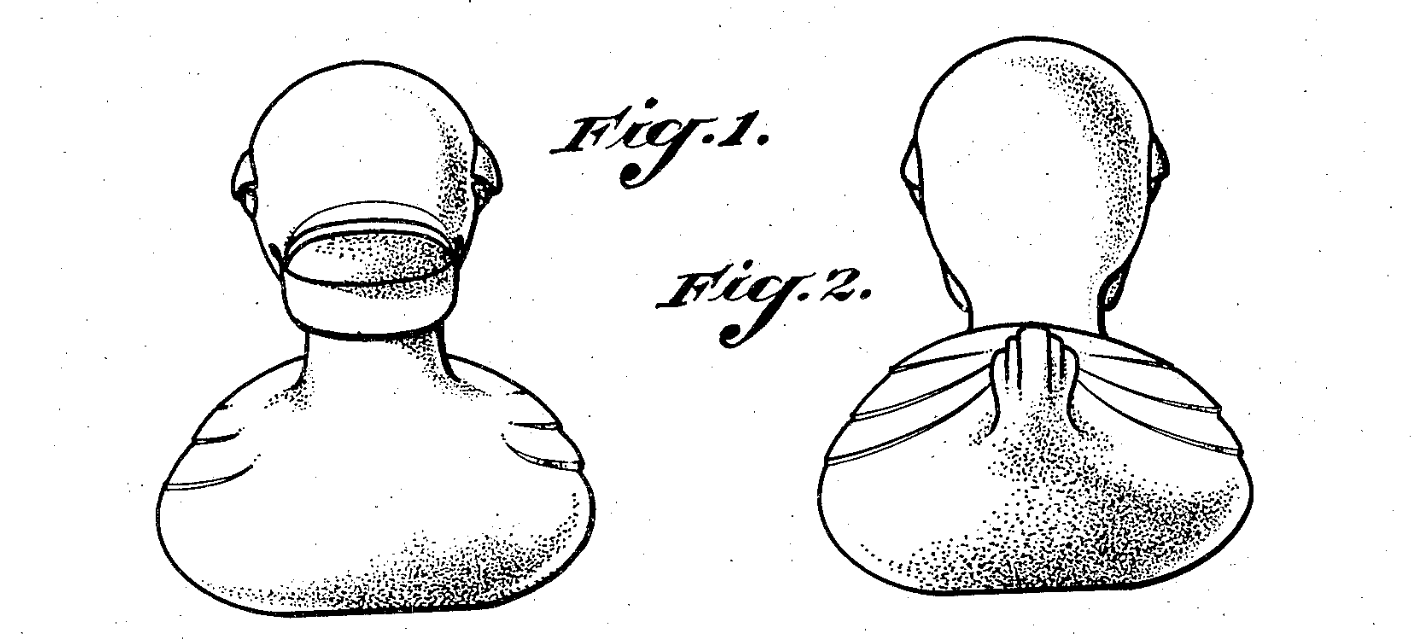Mama Duck became a reality in 2014 when creator Craig Samborski first launched the fine-feathered friend at the Los Angeles Tall Ships festival.
It has been eliciting crowds and smiles ever since.
With a height of 61 feet and a weight of 30,000 pounds once positioned on its pontoon, transporting and erecting the balloon bird is no “poultry” endeavor. It must travel by semi, requires setup assistance from a 125-ton crane, and takes at least 2.5 hours to inflate—even more if temperatures are low! For this avian entourage, winging it is certainly not an option. Nevertheless, cities all over the world have vied for a chance to bring the playful paddler to their waterfronts to inspire joy and childlike wonder and amusement. With such worldwide fame and affection, inclusion on the exclusive list of hosts will certainly be a feather in these Maryland towns’ caps.
Of course, mention of a rubber duck easily calls to mind the 1970 hit “Rubber Duckie,” an American classic sung by Sesame Street character Ernie. Many may know Ernie was voiced by Jim Henson, a Maryland transplant and UMD alum. Worth noting you can see – and interact with -hundreds of Muppet-related objects, including puppets, character sketches, storyboards, scripts, costumes, and film and television clips in The Jim Henson Exhibition: Imagination Unlimited at the Maryland Center for History and Culture from May 26, 2023–December 30, 2023.
Perhaps less well known, however, is that the bobbing bauble as we know and love it today was based on a concept developed by another Marylander.
On March 4, 1931, a patent was filed with the United States Patent Office for an aquatic toy “embodied in hollow light forms which may be the forms of familiar animals such as ducks…” Listed as Inventor on this duckumentation was Eleanor Shannahan of Easton, Maryland.

Eleanor stated that the toy was meant to “make an appeal both to little children and older persons.” Her design included a hollow body made of “[r]ubber, celluloid or other material appropriate to the purpose” with holes at selected points “so that they will readily float on water and also that water may be introduced in them under pressure at one point and emitted through [the] holes.” To make bath time lots of fun, the ducks were meant “to produce an attractive fountain-like effect, and also to enable the playing of pranks by one person upon another by the squirting or issuing of the fine stream or spray upon the face or other parts of the person.”
While rubber duck toys had been around since at least the 1880s, Shannahan’s invention was the first floating fowl for aquatic amusement. We’re left to pond-er if any prototypes were ever produced, as none are known to exist; but her design likely served as inspiration for the toy duck patented in 1941 by sculptor Peter Ganine. Ganine’s design became more mainstream and the forefeather of the contemporary model with which we are more familiar. Eider way the tail is spun, however, we have Ms. Shannahan to thank for our favorite little fellow who’s cute and yellow.

